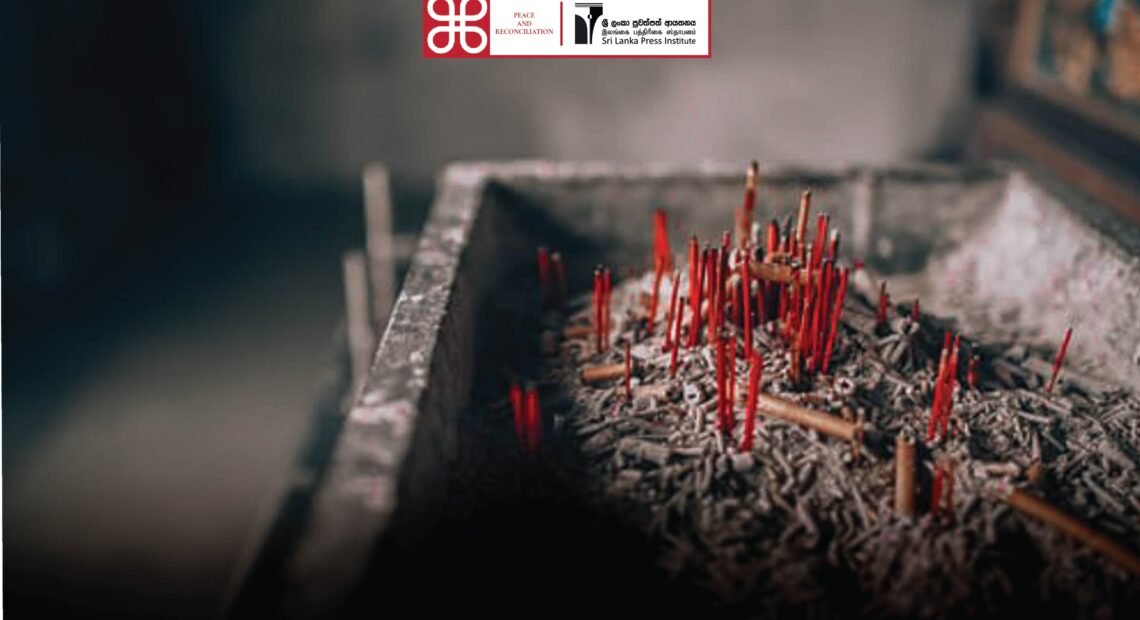
Why do the activities of the Department of Archeology make Tamils suspicious?
N. Mathiyalakan
Although the Department of Archeology has brought the traditional lands of Tamils in the North-East under its jurisdiction, stating these properties are of archaeological importance, 144 of them have not been published in the Gazette to date. The Tamil people see this as a dubious activity. Attempts to bring some more areas under their jurisdiction, claiming that they are of archaeological significance, have been controversial.
No action has been taken to appoint anyone from the minority. In fact, out of the 14 appointed from the majority community to the Eastern Provincial Archaeological Task Force. Tamil political parties have questioned why no one from the Tamil community has not been appointed to the task force, despite the fact that the Eastern Province is predominantly Tamil. At the same time, Minister Douglas Devananda said that he had taken steps to appoint a Tamil in the Eastern Secretariat and later remained silent without taking any action.
Through the activities of the Department of Archeology, it is found that members of a particular ethnic group are prevented from entering certain places. The notion that only one ethnic group can do anything is emerging among minorities. The activities of the Department of Archeology are such that they call into question the very existence of the Tamil people. There are many reasons why the Tamil parties are making such allegations.
According to the Department of Archeology, there are 251 archeological sites in the North, of which only 108 have been gazetted. The remaining 143 have no gazette notification. This is despite the criticism that gazette notifications are by themselves rather than after the consent of all parties.
Of these, there are 109 sites under the Department of Archeology in the Jaffna District, but only 57 sites have been gazetted by the Department of Archeology. 10 places in the Jaffna Divisional Secretariat, 8 places in Nallur DS, 11 places in Neduntheevu DS, 11 places in Velanai DS, and 12 places in Kayts Divisional Secretariat have been identified as archeological areas.
Similarly, there are 2 sites in Karainagar Divisional Secretariat, 5 sites in Chandilippai Divisional Secretariat, 5 sites in Sangana Divisional Secretariat, 4 sites in Uduvil, and 7 sites in Tellippalai Divisional Secretariat. There are also 10 sites in Kopay, 9 sites in Karaveddy, 7 sites in Point Pedro, 5 sites in Maruthankeni, and 3 sites in Chavakachcheri for a total of 109 sites.
Thus, out of 109 sites in Jaffna, only 57 sites have been gazetted. The remaining 52 sites were found to be without gazette notification.
Although there are 21 places under the department in the District of Kilinochchi, only 8 of them have been declared gazette notification, the department has confirmed this through the Right to Information Act. Out of the 21 places found, a maximum of 15 places is in the Poonakary Divisional Secretariat. At the same time, there are 3 sites in Karachi Divisional Secretariat, 2 sites in Pachchilaipalli Divisional Secretariat, and one in Kandawala, totaling 21 sites. Of these 21 places, only 8 have gazette notifications. It is also confirmed that no gazette notification has been issued for the remaining 13 places.
It is noteworthy that the Gazette for the 8 places mentioned in Kilinochchi was published on March 24, 2016. The Department has control over 43 sites in Vavuniya District, 25 sites in Mannar District, and 53 sites in Mullaitivu.
The department has confirmed that the gazette notification has been issued for 8 out of 43 places in Vavuniya and only 14 of 25 places in the Mannar District, while the gazette notification was issued for just 23 places out of 53 places in Mullaitivu.
It has also been confirmed that the department does not have the required documents regarding the 63 archeological sites in the north.
It has also been confirmed that 38 out of 109 sites in the Jaffna district and 4 places in Kilinochchi have no site map or relevant documents. Similarly, in Vavuniya, Mullaitivu, and Mannar districts, a total of 21 places are found to be without any documents, and in the Northern Province, a total of 63 places are found to be without any documents.
Tamil National Alliance (TNA) MP C. Sreedharan has publicly accused the Department of Archeology of tampering with the history of some places, despite stating that its main function is to preserve history. He cites the example of Neduntheevu Sridharan’s allegation that the Department of Archeology is distorting the history of the Jaffna District by claiming that a place in Neduntheevu is a place of archaeological importance through a gazette notification.
The Department of Archeology has issued gazette notifications to Neduntheevu Vediyarasan Fort 3 times so far. It is okay if the measurements vary during these. But while the Department of Archeology’s main task is to preserve the site’s historical antiquity, he accuses the Department of Archeology of changing history.
The Department published the Gazette on 23-02-2007 under the proper name “Vediyarasan Fort” and later the Gazette published the same place on 2011-12-30 under the name “Tupa”. Then for the 3rd time on 2020-11-28, the same department published a gazette notification as “Monastery”. If so, the department could not answer the question raised by the MP as to whether the department is preserving or distorting history.
On March 22nd, the department requested the district administration to remove the Mannar District Court building block as it falls within the jurisdiction of their department.
A team comprising officials from the Archaeological Department, Tourism Authority, Urban Development Authority, District Secretariat, Divisional Secretariat, and the police explored the conversion of the fort in and around Mannar into a tourist destination and steps are to be taken in this regard.
Commenting on this, the officials of the Department of Archeology stated that the Gazette notification regarding the Mannar Fort. was published in 1983 as an archeological site. At the time of publication of the Gazette, a distance of 400 meters from the fort was declared as the administrative part of the department.
Although many houses and departments have been set up in the area since the announcement, no permission has been obtained from the department. So we are currently dividing this 400-meter area into 3 zones. That is, 70 meters is divided into the first zone, up to 150 meters into the 2nd zone, and the rest into the 3rd zone. Constructions within the first zone must be completely removed. Zones 2 and 3 demanded the removal of the first side of the fort.
He said the police station was located within 40 meters of the first zone and 8 houses, including the prison and a mosque, should be removed within the first zone and the tourist area in the second zone and its adjoining areas should be removed in this manner. They have demanded the removal of the court building sparing the houses.
At this moment, the authorities are at a quandary not knowing what to do. The Department of Archeology, which continues to claim more sites in the Northern and Eastern Provinces, is now seeking a court’s intervention alleging that such construction violated its law. For the first time, it demands court premises in the Northern and Eastern Provinces.
Tamil MPs have raised the question of whether the Department of Archeology, the main department that is supposed to preserve and document the history and pass it on to the next generation, has been transformed into a department that distorts history.
தொல்லியல் திணைக்களத்தின் செயற்பாடுகள் தமிழரிடம் சந்தேகத்தை ஏற்படுத்துவது ஏன்?
පුරාවිද්යා දෙපාර්තමේන්තුවේ ක්රියාවන්, දමිළ ජනතාව තුළ අවිශ්වසනීයත්වයක් ඇති කර ඇත්තේ ඇයි?








